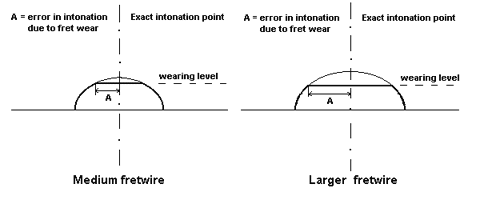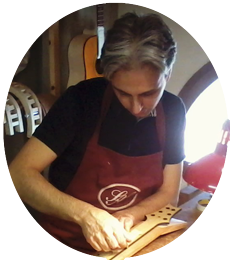
Visit the new website: www.buildyourownguitaronline.com
HOME > Different types of guitar frets
GUITAR FRETS
The guitar fret is the metal bar that divides the fretboard into sections.
It consists of a “crown”, the visible part on the fretboard and the part that is inserted into the fretboard, called 'tang'.
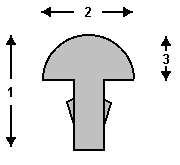
The “nickel/silver” definition for defining the material which guitar and bass frets are made of is only partially correct since the fret does not contain any silver at all, but is instead made of an alloy of brass containing a small percentage of nickel, enough to give it a silver colour.
From a construction point of view, the method with which the fret is inserted into the fretboard is of the utmost importance, not only for the sound but also for the comfort and stability of the instrument.
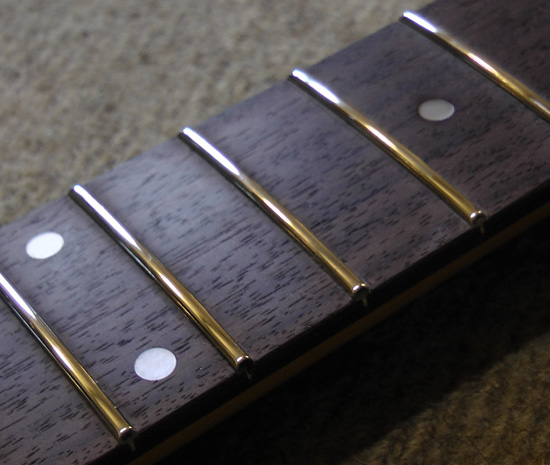
INSTALLATION
Always clean the frets with acetone before installing them.
During its construction, the fret wire is treated with an emulsion. If this emulsion is not removed before the fret is inserted into the fretboard, it will tend to slide off. The fret must be glued into the slot with aliphatic resin or epoxy glue to facilitate anchoring in the neck.
Gluing also serves to leave no gaps between the fret and the slot in which it is inserted, to promote the spread of vibration within the neck and avoid dead notes.
In order not to compromise the structure and stability of the neck, the slots where the frets will be inserted must be cut to a precise depth to accommodate the measurement part of the "tang" that is inserted in the fretboard.
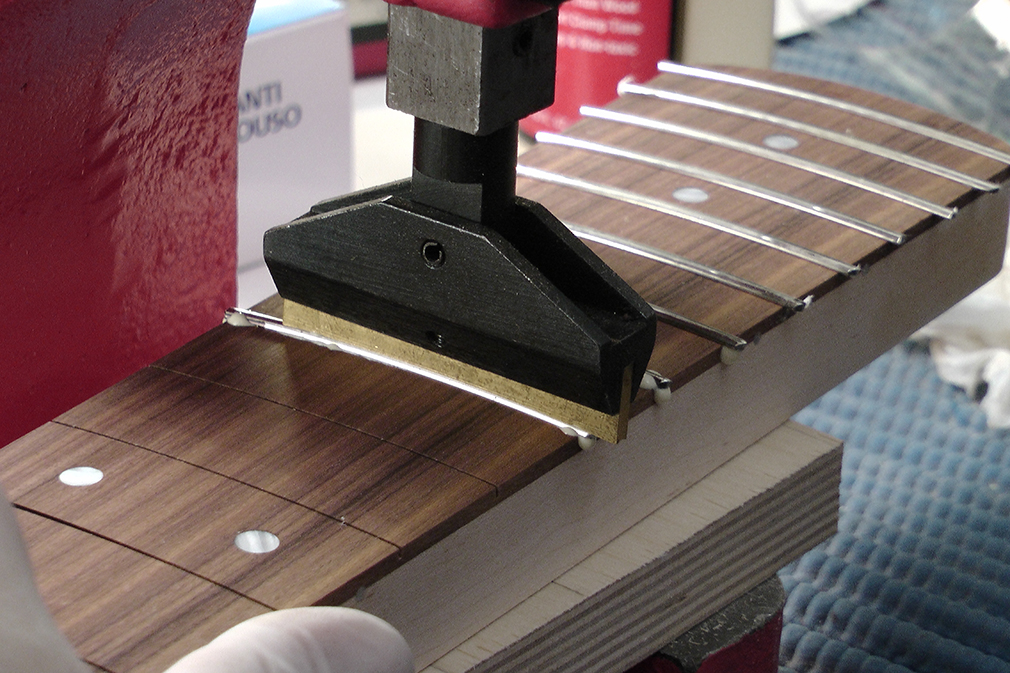
on the sound of the instrument.
SOUND
The procedure with which the frets are inserted into the fretboard also has an impact on the sound of the instrument. Too deep cuts, failure to use adhesives to keep the frets in place, a fret radius that does not match the radius of the fretboard or raised frets will adversely affect the sound and sustain, creating frequency holes and false vibrations.
COMFORT AND PERFORMANCE
Finally, frets that are too worn out or not re-rounded after a correction (it happens A LOT more often than you think) will be out of tune, negatively affecting not only the intonation but also the overall harmonic resonance and sound of your whole instrument.
